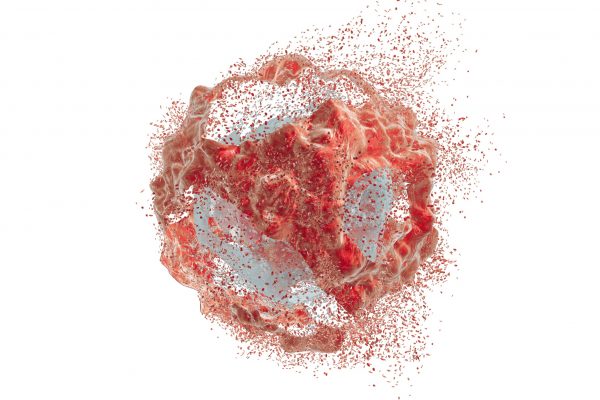
During the disease course of chronic lymphocytic leukemia (CLL) immune dysregulation represents a dynamic process evolving during time, often towards hypogammaglobulineamia, especially therapy-related or during disease progression. A new study focused on the occurrence of hypogammaglobulinaemia, IgG and IgM gammopathy in patients with newly diagnosed CLL and their significance in terms of survival and clinical and biological features of the disease.
A total of 1505 patients were included and divided into four subgroups on the basis of immunoglobulin (Ig) aberrations at diagnosis. A total of 73 patients were identified with IgM monoclonal gammopathy (IgM/CLL) (4,8%), 149 with IgG monoclonal gammopathy (IgG/CLL) (10%), 200 with hypogammaglobulinaemia (hypo-c) (13,2%) and 1083 with normal Ig levels (c-normal).
IgM paraprotein was significantly associated with a more advanced Binet/Rai stage and del(17p)/TP53 mutation, while IgG abnormalities correlated with a higher occurrence of trisomy 12. Patients with any type of Ig abnormality had shorter treatment-free survival (TFS) but no significant impact affecting overall survival (OS) compared to those with normal Ig levels.
In conclusion, the presence of Ig abnormalities in CLL may influence the disease course in terms of TFS. The presence of qualitative and quantitative Ig bodies did not appear to affect OS.
Reference